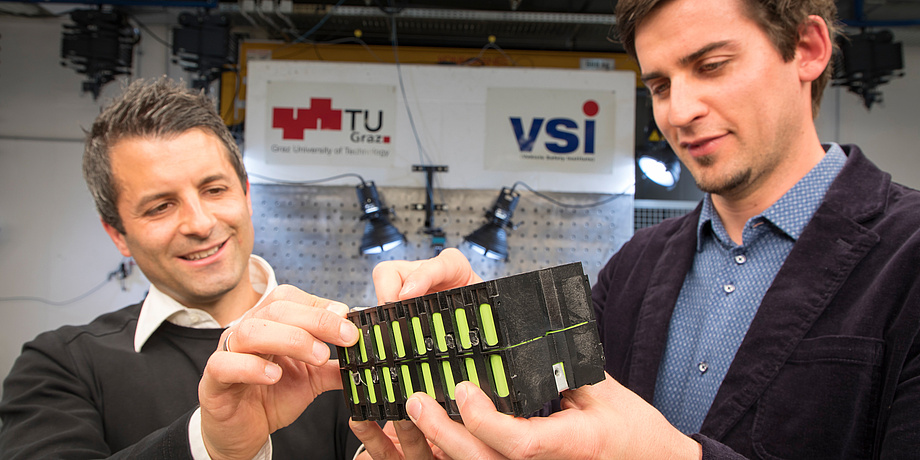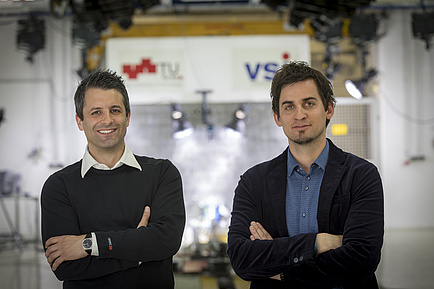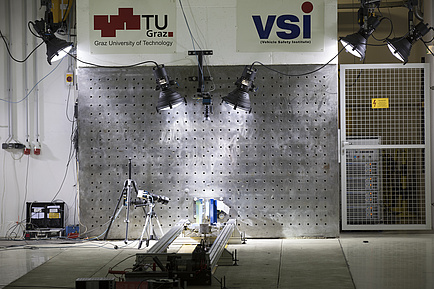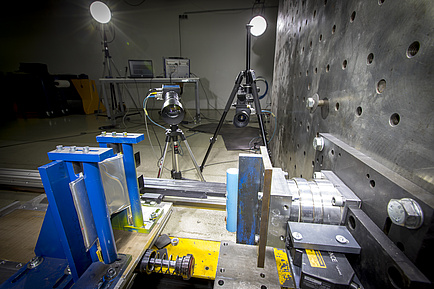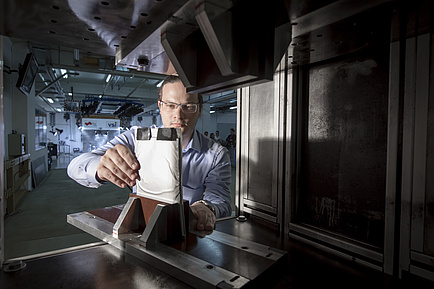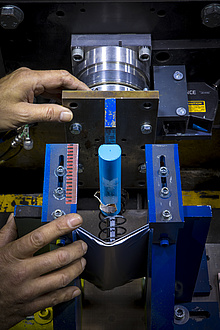Safety, range and costs: these are the three big premises of electromobility. Safety definitely comes first. Lithium-based traction batteries are usually completely enclosed in the battery case and integrated in the vehicle to protect the battery from all conceivable stresses and external influences. This “armour” has an effect on construction, weight, size and overall design of the vehicle. “For the sake of safety, vehicle producers protect traction battery components usually more than is necessary, just to be on the safe side. As payback, however, there are certain restrictions. One reason for this practice is that too little research has been done into the behaviour of battery components under crash conditions, such as battery cells,” explains Wolfgang Sinz from the Vehicle Safety Institute at TU Graz. Current research restricts itself mostly to the behaviour of new vehicle traction batteries, without for example taking into account the possible influence of previous stress, such as ageing. And this is the point at which the team led by Wolfgang Sinz together with well-known national and international partners from research and industry takes up its work in the COMET project “SafeBattery”, which moved on in April 2017.
Every battery has a history
In the four-year research project funded by the Austrian Research Promotion Agency, the focus is on the mechanical, electrochemical, chemical and thermodynamic behaviour of single cells and single modules on a lithium basis under crash loads. In the course of this, the researchers will investigate components with different histories, since “safety should be ensured not just of new batteries, but also of traction batteries in vehicles which have a certain amount of vibration, possible minor mechanical shortcomings due to small accidents and calendrical ageing behind them,” says Wolfgang Sinz. Other factors influencing battery behaviour in crash cases will be examined carefully, such as charging status and temperature.The SafeBattery team wants to sound out the limits of battery cells to subsequently define parameters which can be used to ensure that these limits are never exceeded in practice. A lot of collaboration is needed, not only from industry partners such as AVL, Steyr Motors, Audi and Daimler, but also from within TU Graz in the form of experts from the Institute for Chemistry and Technology of Materials and the Virtual Vehicle competence centre. “There is a lot of interdisciplinary crossover in this project. We have a huge range of influencing parameters and have to examine and break down the mosaic into its constituent parts. Only then can we make recommendations concerning construction, integration and operation of the batteries,” says Sinz.
